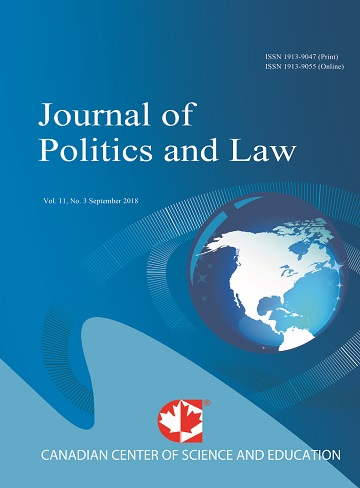Development Challenges in Egypt: Constraints, Practices, and Opportunities
- Eslam M. Omar
Abstract
This paper analyzes the constraints, practices, and opportunities of Egypt’s development. Egypt experienced economic stagnation under the regime of President Hosni Mubarak which was exacerbated by the political situation that resulted from its end. Egypt’s economic efforts stalled and it was not until the end of the power struggle between the Muslim Brotherhood and the Egyptian Army, during the counterrevolutionary period, that political normalcy returned to the extent needed to focus on improvements of the domestic economic situation. This phase resulted in the election of President Abdel Fatah El-Sisi whose policies fought back against terrorism and initiated successful developmental efforts to address developmental constraints. These initiatives range from diplomatic efforts to solve the Nile River dispute between Egypt and Ethiopia, building roads and bridges, encouraging foreign investment, and increasing the supply of electricity. There is still a long way to go in terms of building various industries, increasing exports, lowering unemployment rates, and encouraging tourism as an important source of income and also a vital means of obtaining foreign currency. Successful development efforts in Egypt will allow for increased levels of self-sufficiency regarding agriculture and water as well as broader levels of prosperity across other sectors of production.
- Full Text:
 PDF
PDF
- DOI:10.5539/jpl.v17n2p1
Journal Metrics
h-index (2017): 14
i10-index (2017): 39
h5-index (2017): 9
h5-median (2017): 11
Index
- Academic Journals Database
- ACNP
- ANVUR (Italian National Agency for the Evaluation of Universities and Research Institutes)
- Berkeley Library
- CNKI Scholar
- COPAC
- CrossRef
- DTU Library
- EBSCOhost
- Elektronische Zeitschriftenbibliothek (EZB)
- EuroPub Database
- Excellence in Research for Australia (ERA)
- Genamics JournalSeek
- GETIT@YALE (Yale University Library)
- Ghent University Library
- Google Scholar
- Harvard Library
- HeinOnline
- INDEX ISLAMICUS
- Infotrieve
- Jisc Library Hub Discover
- JournalGuide
- JournalTOCs
- LOCKSS
- MIAR
- Mir@bel
- NewJour
- Norwegian Centre for Research Data (NSD)
- Open J-Gate
- PKP Open Archives Harvester
- Publons
- Pubmed journal list
- RePEc
- ROAD
- Scilit
- SHERPA/RoMEO
- Standard Periodical Directory
- Stanford Libraries
- UCR Library
- Ulrich's
- UniCat
- Universe Digital Library
- UoS Library
- WorldCat
- Zeitschriften Daten Bank (ZDB)
Contact
- William TaiEditorial Assistant
- jpl@ccsenet.org
